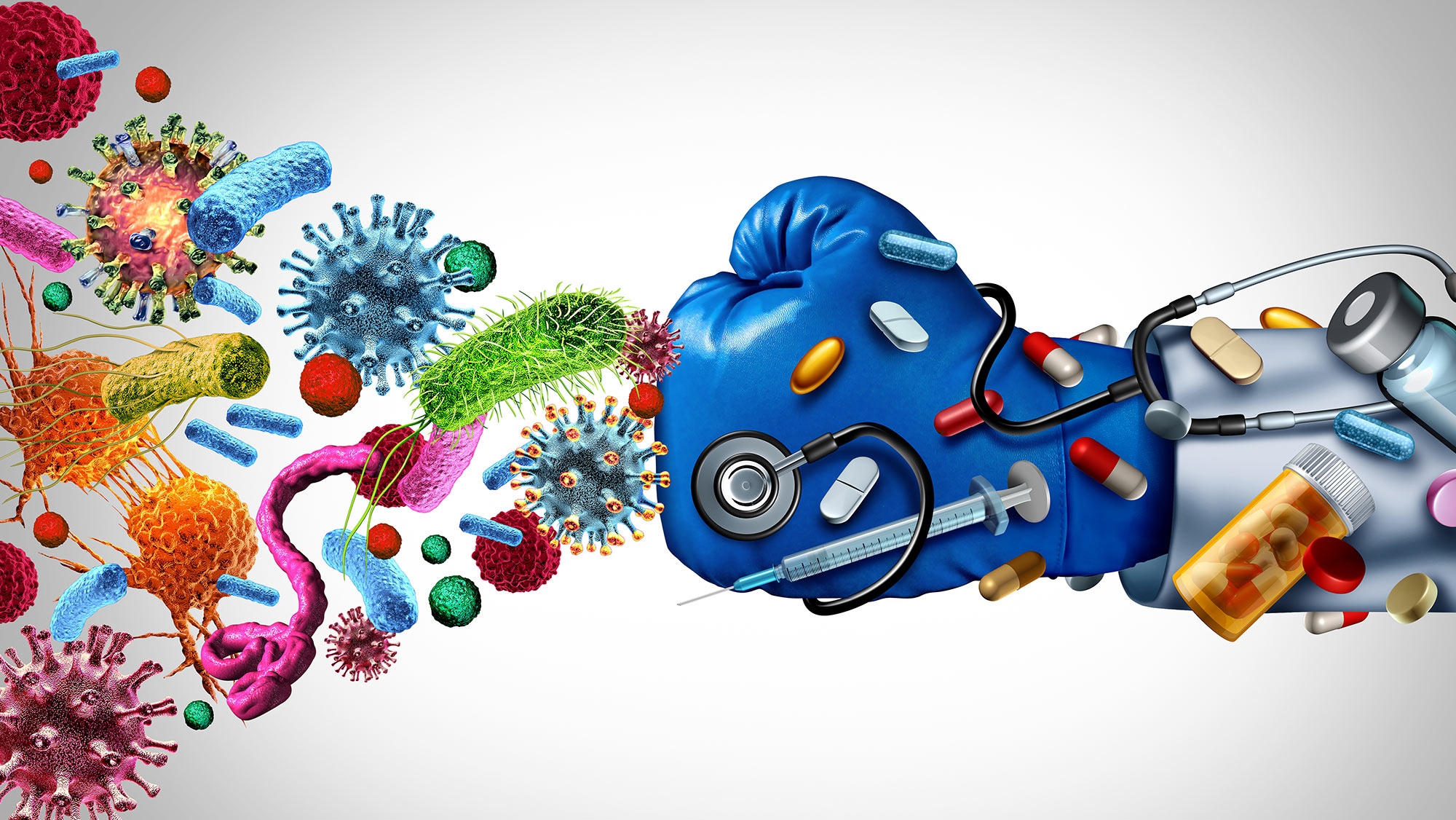
What do winning the lottery and a bacteria cell surviving antibiotics have in common? Both are unlikely. But just as somebody eventually wins the lottery, a few bacterial cells frequently survive.
This is due to the sheer number of bacteria in a colony and the antibiotic stress itself. One researcher is investigating how the survivors beat the odds to withstand antibiotic assault.
Dr. Pushkar Lele, an associate professor in the Artie McFerrin Department of Chemical Engineering at Texas A&M University and Chancellor EDGES Fellow, has received a $3 million grant from the National Institute of Allergy and Infectious Diseases to investigate various strategies that bacteria use to tolerate antibiotics.
Understanding antibiotic tolerance is crucial, as it could help combat chronic urinary tract infections or recurrent infections in immunocompromised patients. The ultimate goal of this research is to develop molecular insights for novel therapies against bacterial pathogens.
“Chemical engineers study mass transfer in reactors. Each bacterium could be thought of as a tiny bioreactor with chemicals moving in and out,” said Lele. “Antibiotic transport into the cell is, therefore, a compelling problem for my group, one we approach with unique perspectives to tackle a critical biomedical challenge.”
Sensitive bacteria can survive brief exposures to antibiotics without being antibiotic resistant, often causing relapse of infection in patients once treatment concludes. Many bacteria possess a protective barrier called the outer membrane that plays a key role in such tolerance.
Each bacterium could be thought of as a tiny bioreactor with chemicals moving in and out. Antibiotic transport into the cell is, therefore, a compelling problem for my group, one we approach with unique perspectives to tackle a critical biomedical challenge.
“The outer membrane of the Gram-negative bacterium may be a ‘smart membrane,’ adjusting its permeability on demand,” said Lele. “When there is environmental stress, the membrane becomes less permeable, limiting the subsequent entry of antibiotics in the bacterium.”
The outer membranes have small openings called porins that allow nutrients and other substances to enter the cell. Lele and fellow researchers theorize that these porins adapt to stress, limiting the entry of small molecules such as antibiotics. However, the porins are crucial for nutrient intake, and the cell cannot survive if it inhibits nutrient influx.
“Known mechanisms alter the type and numbers of porins over multiple cell generations,” said Lele, “but we are more interested in adaptation to stress occurring within seconds to minutes in the same generation, as they may be more relevant to antibiotic tolerance.”
Modifying chemical intake across the outer membrane is merely one weapon in the bacterium’s formidable arsenal against antibiotics. Bacteria also possess energy-driven molecular pumps capable of expelling antibiotics that successfully cross the outer membrane barrier.
“In a dust storm, you can close the windows of your home to limit the dust entry. Or you can attempt vacuuming up the dust, leaving the windows open,” said Lele. “A more effective strategy is to close the windows while vacuuming. Obviously, porins and efflux pumps are more than just passive openings and waste removers. They have intricate, interdependent functions. We are researching how bacteria attempt to limit antibiotic accumulation in their bodies by coordinating efflux with their adaptable membranes.”
Funding for this research is administered by the Texas A&M Engineering Experiment Station (TEES), the official research agency for Texas A&M Engineering.